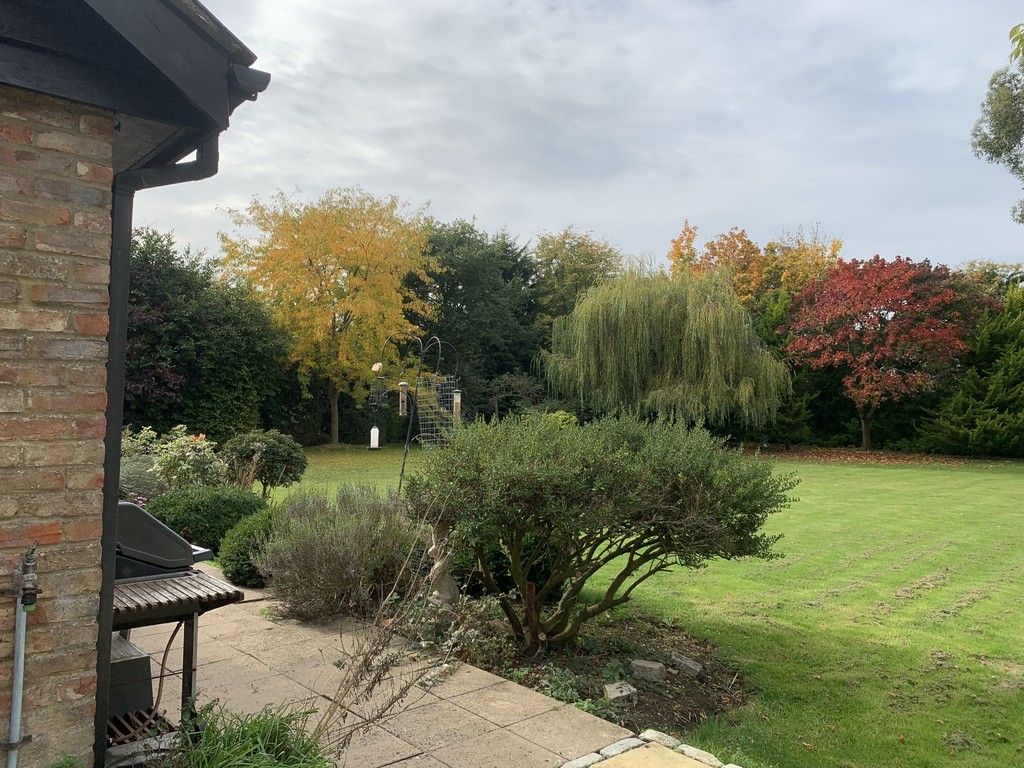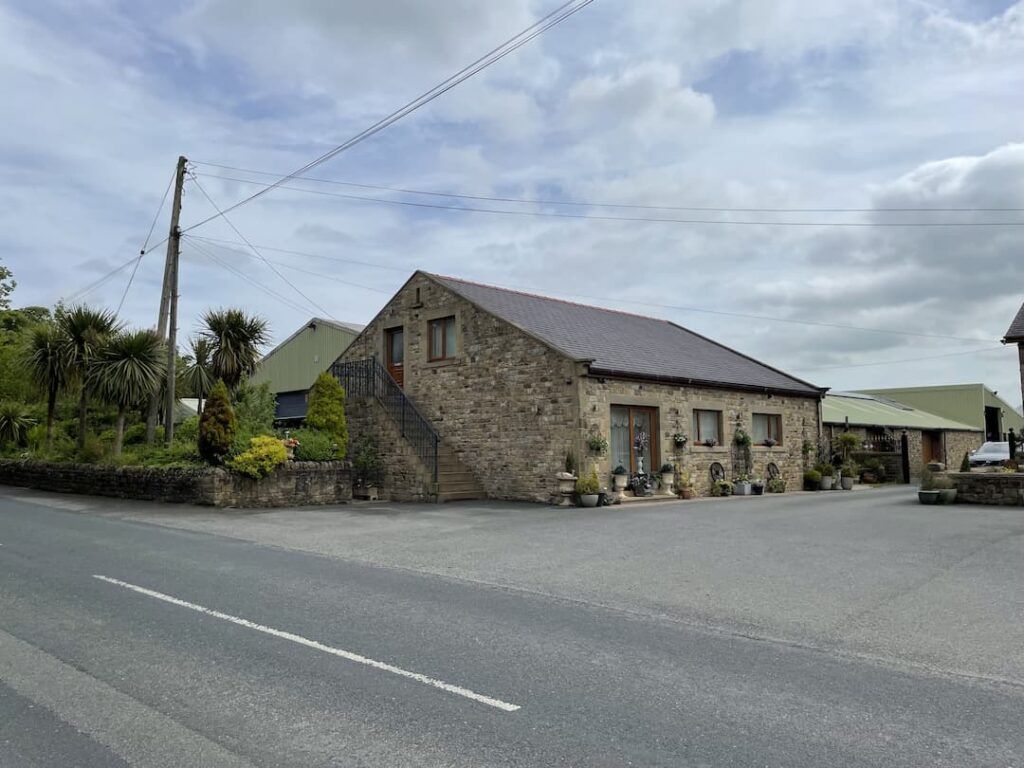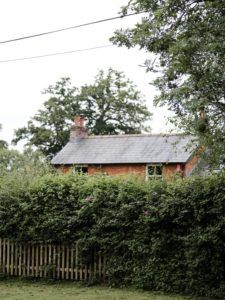A Lawful Development Certificate has been granted for two residential Flats which formerly provided ancillary accommodation to a main farmhouse.
Planning permission was originally granted for a two storey annexe replacing an existing smaller structure within the farmstead to house a family member.
However, once constructed the family member no longer required the accommodation and therefore the annexe was converted to two separate residential units (self contained flats) and rented out, each flat providing two bedroom accommodation with associated facilities.
Following advice from Acorus and in order to ratify the breach of planning control, an application for a Lawful Development Certificate for an Existing Use was prepared, also referred to as a CLEUD.
Lawful Development Certificates
If development has been carried out without the appropriate planning consent, a Certificate of Lawful Development can be sought to rectify the breach and avoid enforcement action. Enforcement action could lead to either the cessation of the operation / use, or removal of the structure in question.
In terms of operation / use, if the breach has been carried out ‘continuously’ for ten years or more and evidence can be provided to support this, a certificate can be sought. This is referred to as the ‘ten year rule’ and also applies to a use in breach of a planning condition such as an agricultural occupancy condition.
The creation of a dwelling/s, as in this case, is subject to a ‘four year rule’ but the principle is the same. If the breach has occurred ‘continuously’ for four years or more and enough evidence can be provided, a certificate can be sought.
Application
Applications for Lawful Development Certificates are judged on facts not opinions. To support such an application, enough evidence needs to be provided to prove ‘on the balance of probability’ that the breach has occurred continuously for the required amount of time.

It is worth noting that in the case of a breach of an agricultural occupancy condition, if a certificate is granted, although you are exempt from enforcement action, the occupancy condition remains in place. Therefore it can be re-activated if the dwelling is re-occupied by a person employed in agriculture.
In this case, our Clients were able to provide all the necessary information to support an application. Tenancy Agreements and Council Tax Invoices were submitted amongst other evidence along with Statutory Declarations, which proved and demonstrated the units had been used as residential dwellings continuously in excess of four years.

The Outcome
An application was submitted which lead to a successful outcome. The Local Planning Authority deemed the development lawful and a certificate was issued.
Our client is delighted with the outcome and is now able to lawfully, in planning terms, rent out the units. The certificate will also assist in the future should the units/farmstead ever be sold.
This application and success is also very timely as the ‘four year rule’ is potentially in the process of being phased out as part of the Government Levelling Up and Regeneration Bill. If legislation is taken forward, all such applications will be subject to the ‘ten year rule’.






